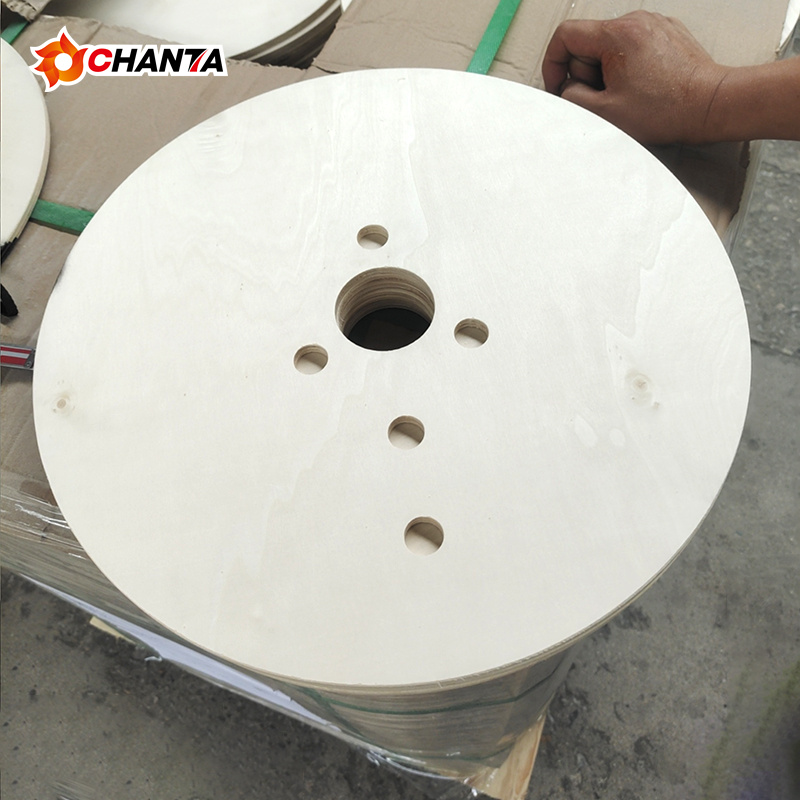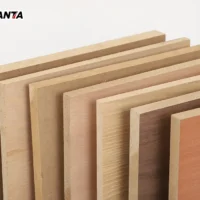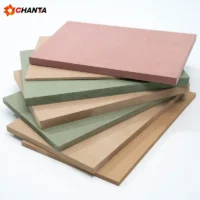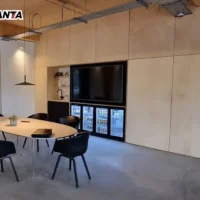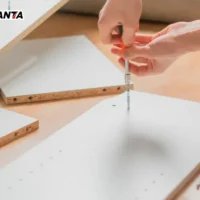Table of contents
Choosing the right plywood thickness for flooring is essential to ensure strength, stability, and long-term durability. One common question that homeowners, DIYers, and contractors often ask is: “Is 12mm plywood OK for flooring?” The answer depends on how and where you plan to use it.
In this article, we’ll break down the applications of 12mm plywood in flooring, compare it with other thicknesses, and help you make an informed decision based on real-world performance.
1. What Is 12mm Plywood?
12mm plywood is approximately 1/2 inch thick (precisely 0.472 inches). It’s a mid-range sheet material, stronger than thin panels like 6mm or 9mm, but lighter and more flexible than thicker options like 18mm or 21mm.
Plywood of this thickness typically comes in several grades, including:
- Softwood plywood (for general use)
- Hardwood plywood (for strength and durability)
- OSB (Oriented Strand Board) alternatives
Each variant behaves differently under pressure, so the specific type of 12mm plywood matters when considering it for flooring.
2. Is 12mm Plywood Strong Enough for Flooring?
The short answer is: 12mm plywood can be used for flooring in specific conditions, but it may not be ideal as a standalone structural subfloor. Here’s how to decide:
✅ When 12mm Plywood Is OK:
- As an underlayment: 12mm plywood is commonly used on top of existing subfloors to provide a smooth base for tiles, vinyl, or laminate flooring.
- Over solid structural support: If joists are closely spaced (e.g., 12″ on center), or there’s already a thick structural base, 12mm plywood can serve as a stable top layer.
- For light traffic areas: In areas like closets, attics, or low-use rooms, 12mm may be sufficient.
❌ When 12mm Plywood Is Not Enough:
- As a structural subfloor over spaced joists: Most building codes require 15–18mm or more for primary subflooring.
- In high-traffic or heavy load areas: Kitchens, hallways, and living rooms demand thicker material for long-term performance.
- With radiant heating or moisture exposure: Thicker, treated plywood resists warping and expansion more effectively.
3. Comparing Plywood Thickness Options for Flooring
| Thickness | Use Case | Pros | Cons |
|---|---|---|---|
| 6–9mm | Wall paneling, minor underlayment | Lightweight, flexible | Too thin for floors |
| 12mm | Underlayment or top layer | Affordable, moderate strength | Limited structural use |
| 15–18mm | Primary subfloor | Durable, compliant with most codes | Heavier, more expensive |
| 21mm+ | Heavy-duty flooring | Excellent strength | Costly, harder to cut |
4. Tips for Using 12mm Plywood on Floors
If you decide to use 12mm plywood for any part of your flooring project, follow these best practices:
- Support it properly: Use it over a solid base, such as concrete, or another layer of plywood.
- Fasten securely: Use screws or nails at 6-inch intervals to prevent movement or creaking.
- Seal the edges: Apply edge sealant or paint to prevent moisture absorption and delamination.
- Check flatness: Sand or plane any uneven areas before installing your final floor covering.
Conclusion: Is 12mm Plywood OK for Flooring?
Yes, but with limitations.
12mm plywood is acceptable for flooring only when used as a secondary layer, underlayment, or part of a multi-layered system. For structural strength, it is not thick enough to serve as a standalone subfloor in most situations. If you’re aiming for durability, sound insulation, and long-term resilience, you should consider thicker plywood or reinforce 12mm panels appropriately.
By understanding how 12mm plywood performs and where it fits in a flooring system, you’ll avoid costly mistakes and achieve a result that’s both functional and long-lasting.

